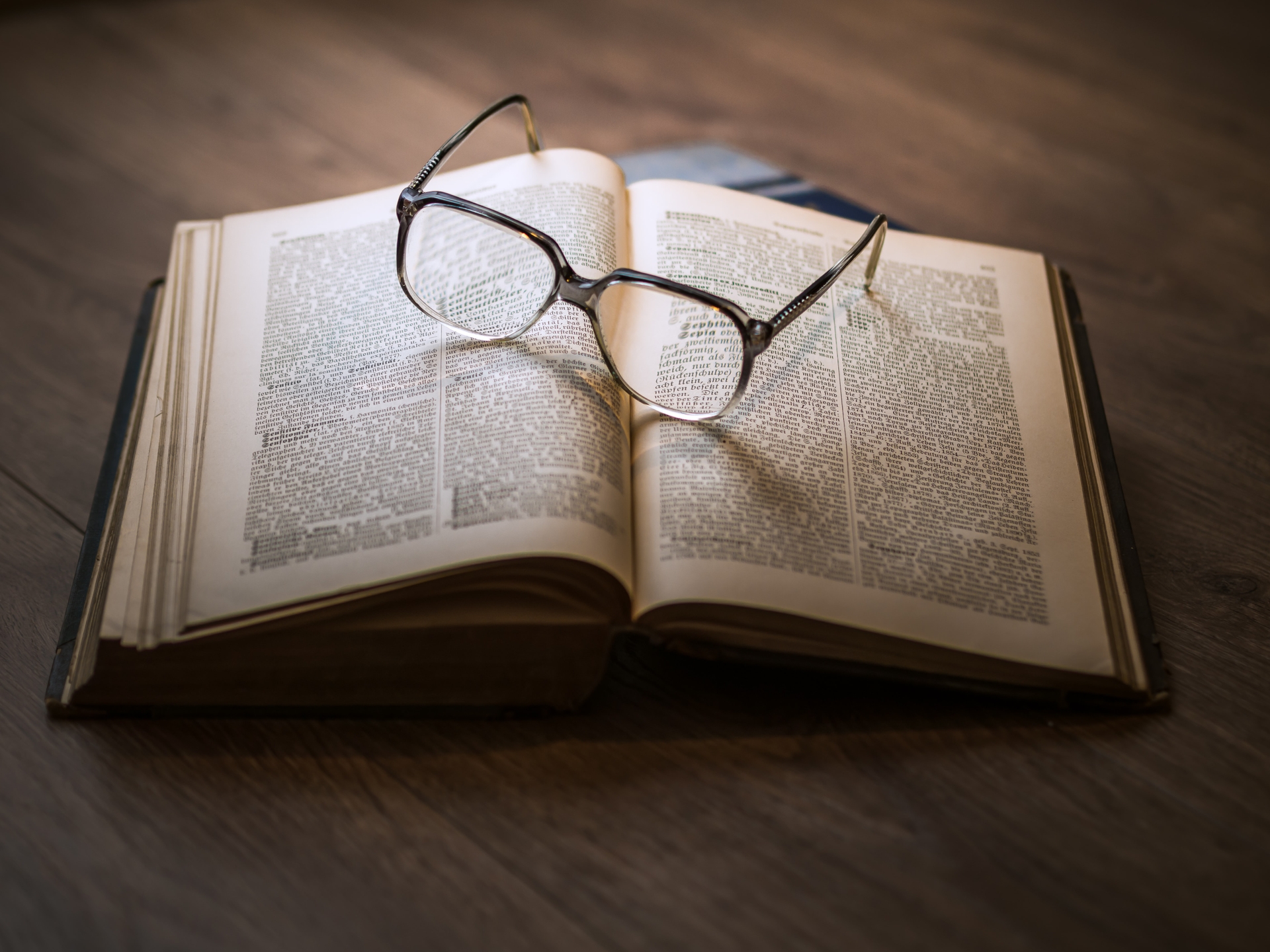
The Craft of Narrative in Books and Movies
Since the beginning of human civilization, storytelling has been an essential part of human culture, as it is a timeless and universal art form. Storytelling, whether it be in a book or movie, captures our attention, stirs up feelings, and provides a deep window into the human condition. This essay examines the subtleties of narrative in movies and books, emphasizing each medium's distinctive qualities and effects on viewers.
The Power of Narrative
The fundamental element of storytelling is narrative. They lead viewers through a series of sensations and events while giving the plot organization, consistency, and a sense of purpose.
Imagination and Creativity
The application of imagination and originality is encouraged in both literature and movies. They invite viewers to delve into the limits of human imagination by taking them to many places, times, and viewpoints.
Character Development
A strong cast of characters is essential to good storytelling. Characters with nuance, complexity, and relatability captivate readers and inspire empathy, whether they are found in books or movies.
Emotional Resonance
Stories have the ability to arouse a variety of feelings, including fear, grief, and laughter. Audiences are left with a lasting impression by this emotional connection.
Visual and Verbal Language
Film adds a visual component through set design, special effects, and cinematography, while literature depends on the written word to conjure up vivid mental images. Every media has a distinct language of its own.
Pacing and Timing
Pacing and timing are used in both literature and movies to manage the rhythm and tension of the story. Audiences are kept interested by the skill of suspense, surprise, and expectation.
Point of View
One essential component of narrative is point of view. Writers of fiction have the option of using omniscient, third-person, or first-person narrators. Film uses a variety of camera angles and viewpoints to express viewpoints.
Symbolism and Metaphor
Literary elements like symbolism and metaphor give stories more nuance and levels of significance. Film conveys comparable messages through the use of composition, motifs, and visual symbolism.
Adaptation and Interpretation
Film adaptations of literary texts are common, demonstrating the adaptability of storytelling in various media. Every adaptation presents the original work from a new angle and viewpoint.
Cultural and Historical Significance
The cultural and historical circumstances in which stories are produced are frequently reflected in both literature and film. They offer perceptions into the society conventions, morals, and beliefs of their era.
The Role of the Audience
Telling a story is a collaborative process. Every audience experience is distinct because they contribute their own viewpoints, interpretations, and feelings to the story.
Enduring Legacy
Narratives that strike a deep chord with viewers leave a lasting impression. They go on to become classics, inspiring writers, filmmakers, and storytellers of the next generation.
Literature and film both master the art of storytelling, which spans time and space and provides a complex tapestry of human experiences and emotions. Storytelling, whether it be through text on a paper or a moving picture on a screen, has the ability to educate, amuse, uplift, and unite us in our common humanity. It demonstrates that the power of a skillfully told story is still present today and has always been by continuing to develop and adapt to new media and technological advancements.

Comments 0